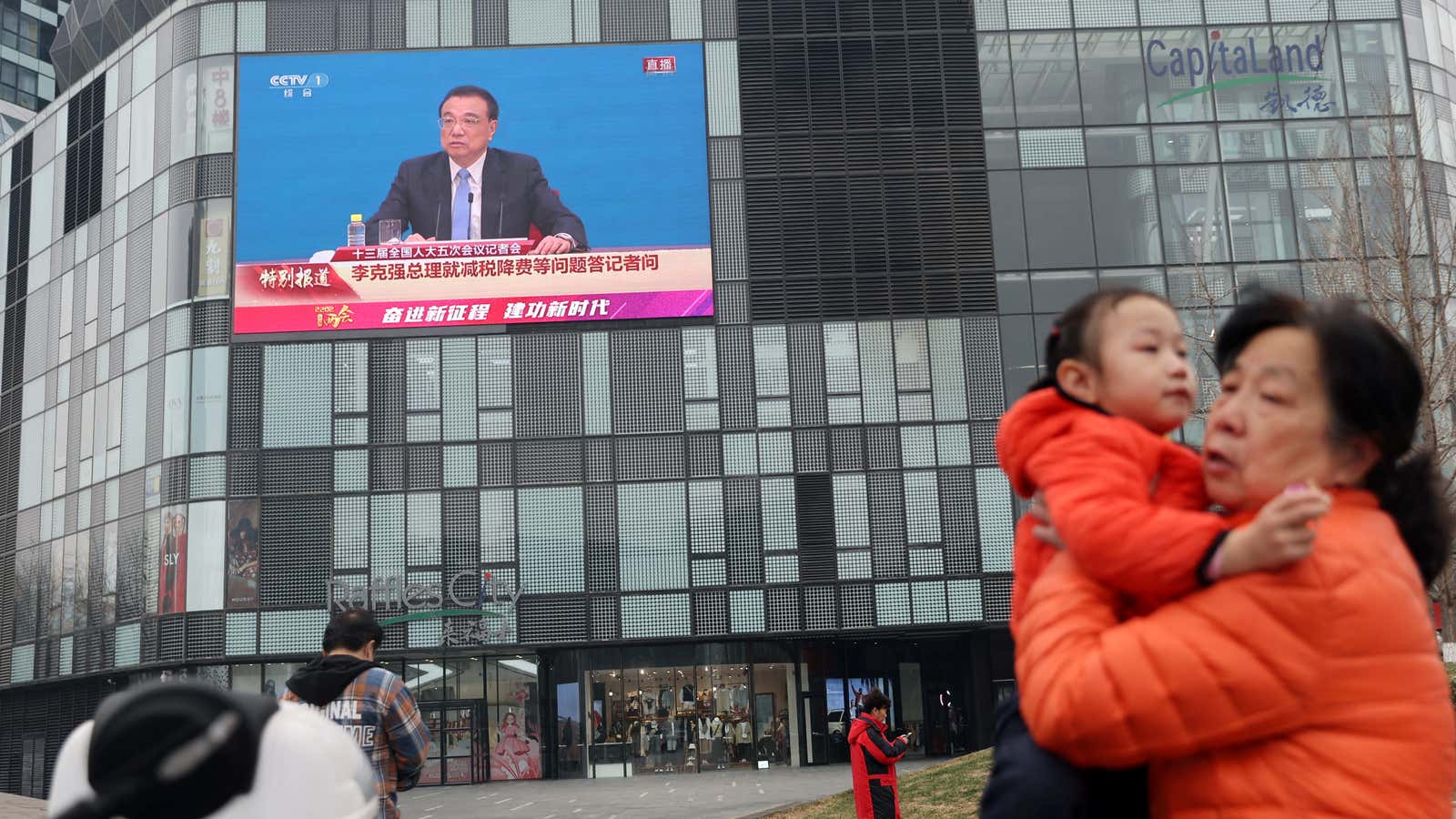China’s latest annual government work report, formally approved last week by the nation’s legislature, mentioned for the first time the phrase “little giants.”
Also referred to as “specialized and sophisticated enterprises” (专精特新), “little giants” are smaller and often little-known businesses selected by the government because they have special products and know-how in strategic sectors like advanced manufacturing, energy, and critical minerals. Promoting this type of firm is the flip side of the regulatory crackdown on actual giants, large tech firms that Beijing wants to have greater control over.
Key nodes in strategic supply chains
“Little giants” are dotted throughout industry supply chains, running the gamut from upstream raw material producers, midstream processors, and downstream finished product manufacturers. What they share in common is they occupy key nodes in a range of important supply chains that China wants to become more self-sufficient in.
As the official thinking goes, this will help China transform its manufacturing sector while also insulating the country from external geopolitical risks and supply chain shocks. Building up technological dominance in niche markets—as China has done in rare earths permanent magnets—would increase foreign reliance on the nation, potentially giving it greater leverage.
Official state media last week chimed in on the significance of the little giants’ debut in the government work report. “From these important expressions, we can see that the ‘specialized and sophisticated’ enterprise cultivation has risen to an unprecedented height,” said China National Radio (link in Chinese). It described the little giants as having “unique skills” and being well-practiced in shashoujian, often translated as “assassin’s mace,” a reference to technologies that enable an underdog upstart to effectively compete against stronger and more established opponents.
According to the new government work report, Beijing will devote resources to “nurturing” companies that have earned the little giants title, with state support for funding, personnel, and business incubation platforms. China has so far identified over 4,700 national-level “little giants,” and is set to announce another batch of 3,000 such firms later this year (link in Chinese).
Learning from Germany’s “hidden champions”
In discussing the need to develop China’s “little giants,” policymakers make direct reference to Germany’s Mittelstand, small- and mid-sized companies that are “hidden champions” because they are globally competitive yet often obscure because their products—manufacturing equipment like labeling machines or components like valves and coatings—are rarely directly visible to the consumer.
For example, the German family-owned company Festo produces automation technology like pneumatic grippers and electric drives, and is considered a “hidden champion” (or “invisible champion.”)
Though China has over the decades become a global manufacturing powerhouse, it still has considerable reliance on foreign supplies for many critical inputs and high-end products, like semiconductors.
Dong Jingmei, a member of the Chinese state information center’s economic forecasting department, attributes this the country’s relative paucity of “little giants.” As she wrote in an article published last year (link in Chinese), China’s foreign dependence on core technologies “is largely [due to] a gap between China and Europe and the United States and other developed countries in the development of invisible champion enterprises.”
